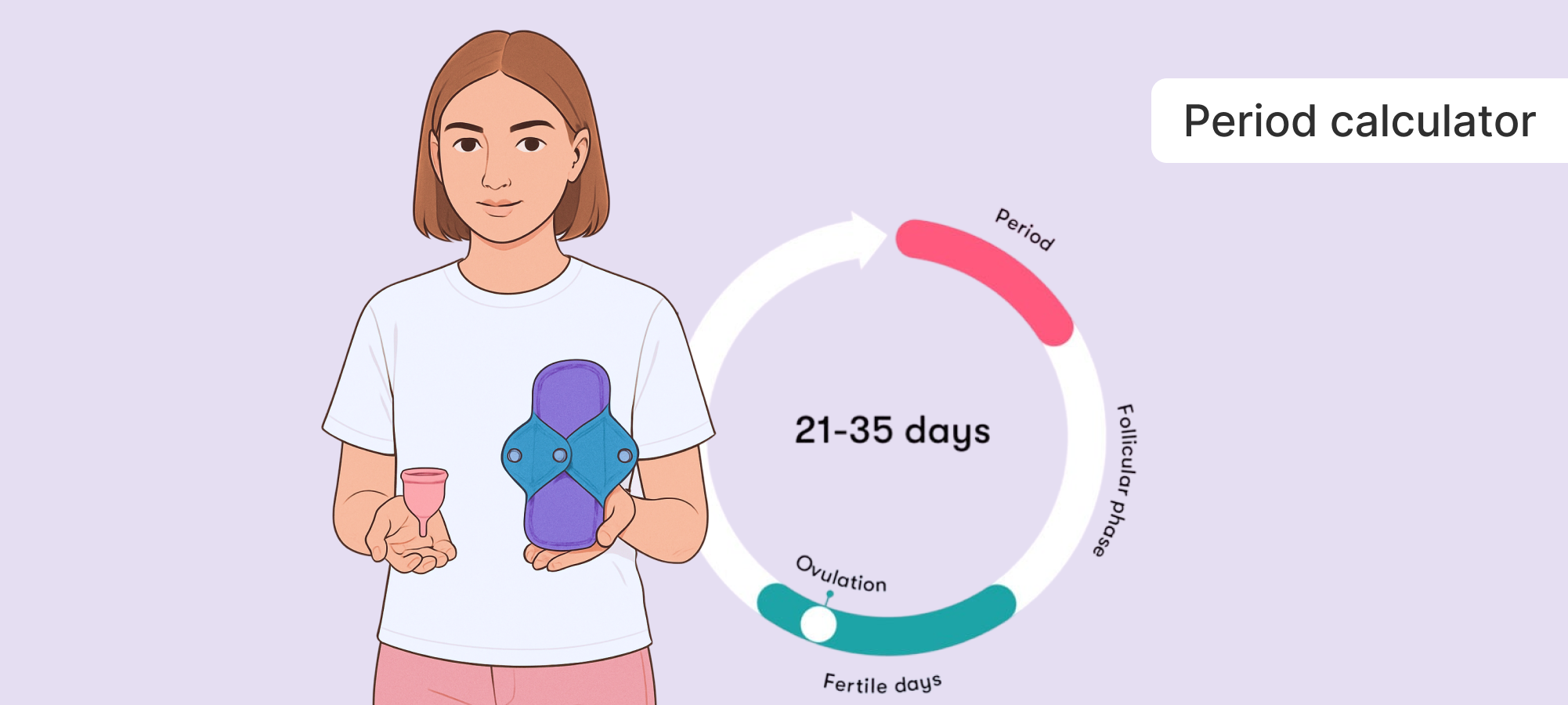Tracking Basal Body Temperature: How It Helps Predict Ovulation and Boost Conception
Category: Fertility & Cycle Awareness | Goal Type: OvulationTracking
Tags: BasalBodyTemperature, OvulationTracking, FertileWindow, CycleCharting, FertilityHealth, SelfMonitoring, ConceptionTips, FertilityJourney, HealthTests, LifestyleForConception, CycleWellness, ReproductiveHealth
Your basal body temperature (BBT) is your body’s lowest resting temperature, measured each morning before any activity. Tracking BBT helps identify when ovulation has occurred — a vital step for anyone trying to conceive or understand their cycle health. When combined with tools like LH tests and cervical mucus tracking, temperature data transforms your fertility awareness into a science-based routine.
How Temperature Reflects Ovulation
During ovulation, progesterone — the hormone released after the egg is released — raises your resting body temperature slightly. This rise, usually between 0.2°C and 0.5°C (0.4°F–1.0°F), confirms ovulation has occurred. Tracking daily readings creates a temperature chart that helps pinpoint fertile patterns over time.

How to Track BBT Correctly
- Take your temperature daily — right after waking, before sitting up or talking.
- Use a basal thermometer (accurate to 0.01°C or 0.1°F).
- Measure at the same time each morning after at least 3–4 hours of sleep.
- Record readings in the HealthTrack app; add notes about sleep quality, illness, or late nights that can affect accuracy.
- Look for the pattern — a post-ovulation temperature shift sustained for 3 or more days.
Example of a Temperature Pattern
| Cycle Day | Temperature (°C) | Phase |
|---|---|---|
| 1–5 | 36.3–36.5 | Menstrual |
| 6–12 | 36.2–36.4 | Follicular (Pre-ovulation) |
| 13–14 | 36.1 (Dip) → 36.6 (Rise) | Ovulation Window |
| 15–28 | 36.6–36.9 | Luteal (Post-ovulation) |
Tips for Accurate Tracking
- Use the same thermometer each cycle and keep it beside your bed.
- Record at least three months of data to see consistent trends.
- Note factors like illness, alcohol, or interrupted sleep that can affect readings.
- If using oral readings, place the thermometer under your tongue, not against the cheek.
- Try a wearable temperature sensor for continuous data and automatic logging.
Interpreting Your Chart
- A steady rise after ovulation confirms that progesterone is present and the egg has been released.
- A flat pattern or irregular shifts may suggest anovulation (no ovulation) or hormonal imbalance.
- If your temperature remains elevated for more than 16 days, it can be an early indicator of pregnancy.
Integrating BBT with Other Fertility Signs
Temperature tracking is most effective when combined with other fertility indicators:
- LH tests: Predict ovulation 24–36 hours before it occurs.
- Cervical mucus: Confirms fertility as it becomes clear and stretchy near ovulation.
- Physical symptoms: Mild cramping, breast tenderness, or bloating can accompany ovulation.
When to Consult a Doctor
- If no temperature shift appears after several cycles.
- If cycles vary widely or ovulation seems inconsistent.
- If BBT readings are erratic despite consistent tracking.
- If you’ve been trying to conceive for 12 months (or 6 months if 35+).
FAQ: Basal Body Temperature & Fertility
1. Can I use a regular thermometer?
No. Basal thermometers are more sensitive and detect small shifts needed to confirm ovulation.
2. Should I track during illness?
Skip readings when sick or sleep-deprived, as they can distort your chart.
3. Does temperature predict or confirm ovulation?
It confirms ovulation after it happens, helping refine predictions for future cycles.
4. What’s the ideal BBT rise for conception?
A rise of 0.3–0.5°C that stays elevated for 10–16 days supports a healthy luteal phase.
Key Takeaways
- BBT tracking confirms ovulation and supports fertility awareness.
- Consistency and accuracy in measurement are key to reliable results.
- Combine BBT with LH tests and mucus tracking for a complete picture.
- Seek professional guidance if patterns are unclear or cycles are irregular.


